Exploring the EdTech Testbed Ecosystem
Educational Technology (EdTech) has become an integral component of our education systems and environments. The use of EdTech has highlighted the disconnect between innovation and implementation as it becomes increasingly necessary to support some of the larger education disruptions occurring such as the pandemic, teacher shortages and climate related events.
A clear need has been identified to ensure that new technologies can be practically implemented in schools within existing frameworks of teacher training and support mechanisms. To this end, a number of efforts to help bridge the intersection between the development of EdTech solutions and the introduction, implementation and use of these within the respective education environments have been instigated throughout Europe.
One term for these environments is ‘testbed’: a place, either physical or virtual, which allows both the developers and the users of an innovation to test, interact with, and iterate on it.
Examples of these testbeds can be found in Swedish Edtest, or Testbed Helsinki to name a few. Education environments within Europe are varied and diverse, and so too are the testing solutions that are currently being developed. As such, and with names like “Education hubs”, “Digital Education Centres”, or “Digital Excellence Centres”, they are not only what would be considered a ‘testbed’, but also accommodating a number of aspects, which are essential for their respective environments.
In fact, the idea of testing an education innovation in a physical environment with developers and users or implementers only covers one aspect of the Edtech Testbed Ecosystem that exists within Europe and, whilst this form of testing environment can play an essential role in developing and implementing new technologies, the other components of the ecosystem are equally important and can be vital in ensuring the stability and dependability of modern education systems.
In addition to Real World Environments, a comprehensive Edtech Testbed Ecosystem encompasses;
Virtual test environments: ways to virtually test connections between systems, the data flows (can necessary data be imported and exported or is my solution able to talk to other parts of the infrastructure), and interoperability, or even to test new proposals for centralised systems (e.g. learning wallets). The findings here can have an impact on the development of the solutions being implemented in the Real World Environments
Strategy Labs: a way to neutrally test proposed regulations and policies to ensure the ramifications and scope are considered before policies go live.
Communities: to share and exchange knowledge and ideas with as well as to find potential collaboration partners within the ecosystem
Incubators: those supporting the sustainability and development of early stage innovations to ensure that they can connect into the necessary ecosystem structures and testing environments
Think Tanks: which allow learnings from the respective test and strategy labs to inform and develop new teaching and learning implementation concepts and methods, and which in turn can connect into training environments (Academies).
By accompanying the different components of the ecosystem with integrated research projects, we can both ensure the validity of the claims coming from the respective test or lab environments and also further the research into efficacy and requirements for the digital education landscape.
The European Edtech Alliance looks forward to discussing these topics together with 45 other global experts on this topic at an upcoming event in Rome at the end of February as well as working to connect existing testbed infrastructures within Europe as part of the EmpowerEd project of the EU Commission.
—---
Beth Havinga

